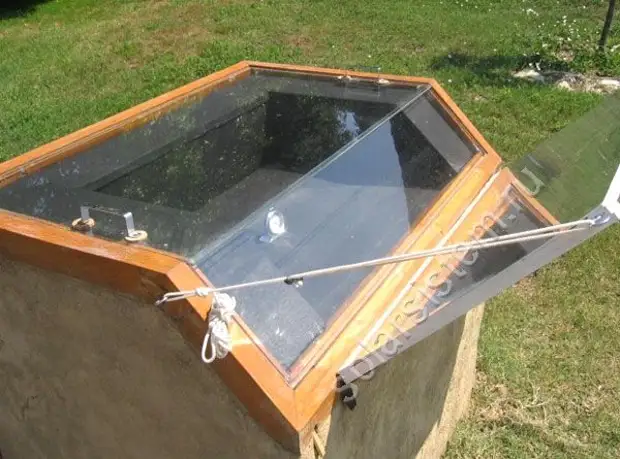
Produce useful things with proper approach is possible from almost any materials. The author decided to prove it by creating a solar furnace from dirt, clay and straw. It turned out a decent furnace, which looks outwardly perfectly in the country area.
Materials involved by the author for the manufacture of this design of the solar furnace:
1) Clay
2) Straw.
3) Brick
4) Cobblestnik
5) Cement
6) Glass
7) Aluminum sheet
8) Wooden bars
9) Metal pins
10) Mirror
11) thermal insulation material
Consider in more detail the main stages of the creation of a solar furnace and the essence of its work.
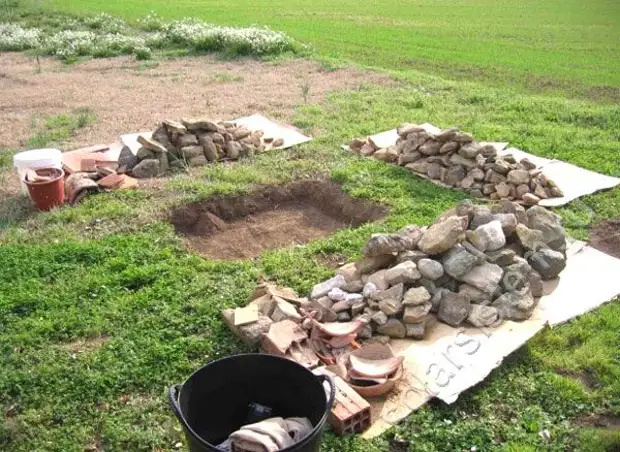
First of all, the author decided to create a foundation for a future stationary solar furnace. A hole was dyed with a size of 110 to 70 cm into which the foundation will be poured. Creating a foundation is necessary if you plan to serve you for a long time and efficiently, otherwise, in a few years, she will slide recalling the Pisa Tower. Also, before starting work, it is worth clearly decreasing at the location of the solar furnace. Near her foundation should not be trees or buildings that can darken it from sunlight. The oven itself, should be directed toward the sun during when you are going to cook food.
After the place is defined and the necessary pit under the foundation is identified, the author began to create the most foundation of the furnace. The foundation was laid out of the old brick and cobblestone. which were fastened by the cement. The foundation height turned about 30-40 cm.
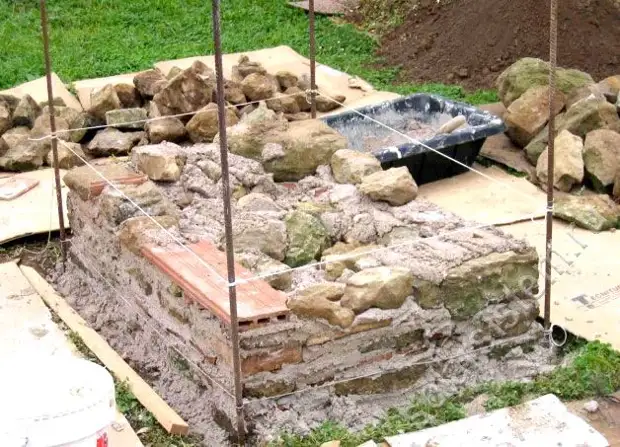
After the foundation hardens, the structure of the furnace itself will come. The author decided to make clay and straw from the mixture, which is called Samam. Such construction material since ancient times is used to build houses, sheds and other similar structures. One of the advantages of Samana, which is not possible by the way suitable for a solar furnace, is that it has a greater thermal inertia: after heating, it retains warmly and does not cool down. In addition, this material in the author's terrain is always available, does not require costs and environmentally friendly.
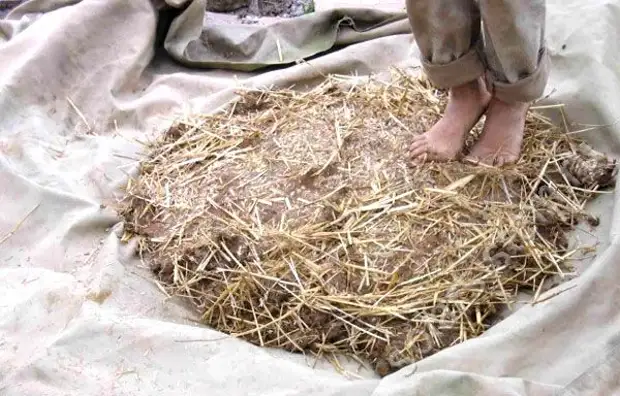
In order to manufacture Samam, the author saming clay in the water, and then mixed it with straw. In such a consistency of the straw, the role of a binder that does not allow the clay design to spread. After the mixture is obtained, the author began laying the samana to the foundation prepared for the furnace. As a result, the height of the furnace was about 80 cm.
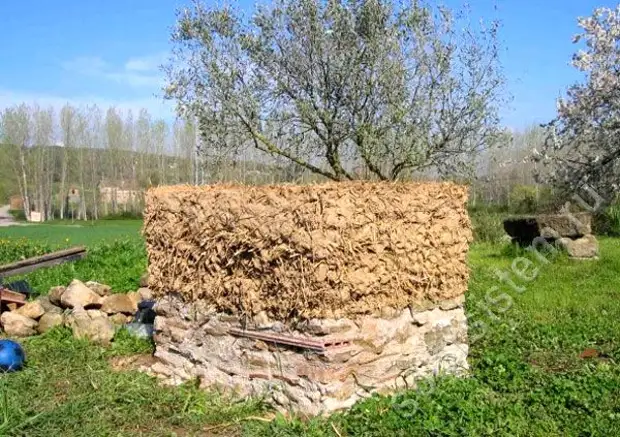
Next, a wooden frame of 200 mm high is installed on the top of the furnace. It is reliably fixed on the saman with metal pins at the bottom of the frame. The saman is adjusted to be closed with a wooden frame, as well as inside the deepening is made, which will later be put in the cooking pan.
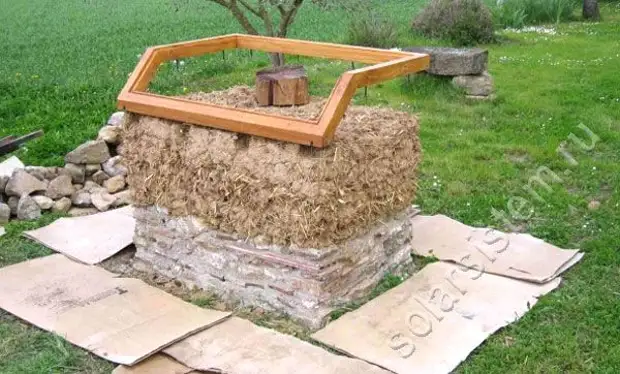
After the main part of the stove was collected, the author began to improve its appearance. Using the remaining clay, the furnace surface was leveled. In order to reduce heat loss in the top of the furnace, thermal insulation material was laid, such a material can serve a cork wood, mineral wool and the like.
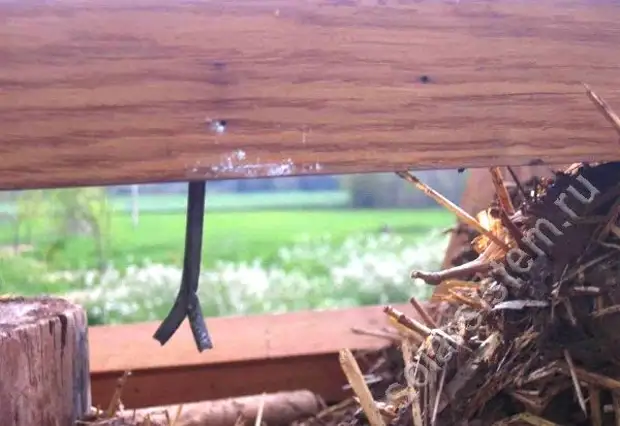
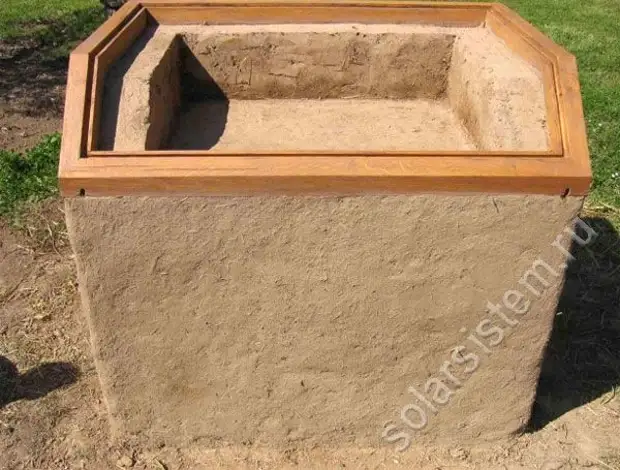
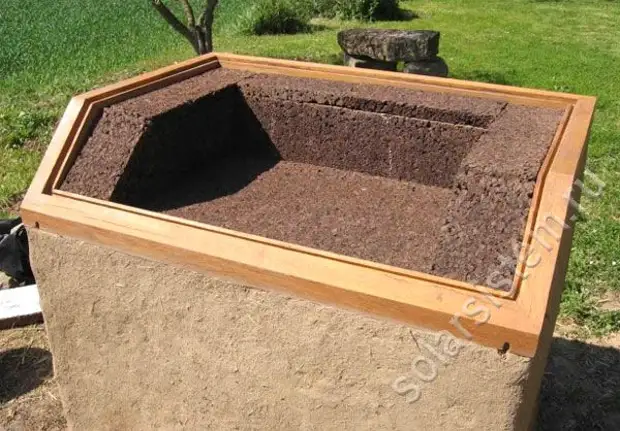
To improve the appearance of the solar furnace, the author has established a cooking surface with aluminum sheets, and aluminum is best anodizing or painted with heat-resistant paint in black.
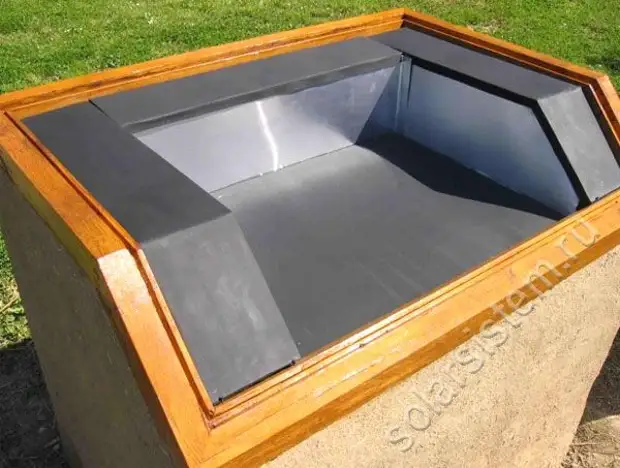
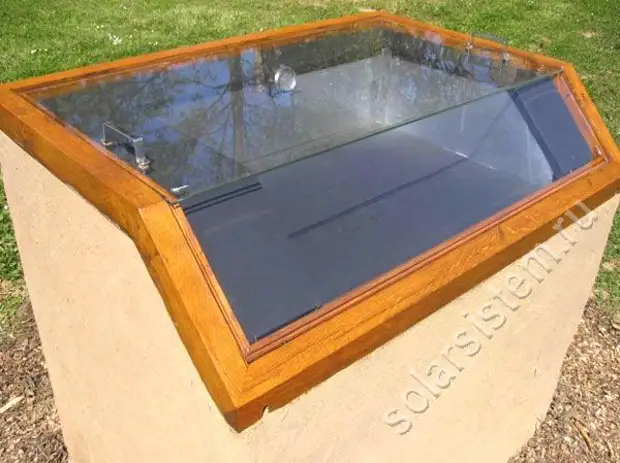
As a covers for a solar furnace, the author used glass. Already in this form, the temperature inside the furnace can reach 100 degrees. However, the author decided to improve this indicator to accelerate cooking. For this, he attached a mirror reflector, which will guide the sun's rays on the cooking surface. In this case, the temperature inside the furnace began to reach 120 degrees.
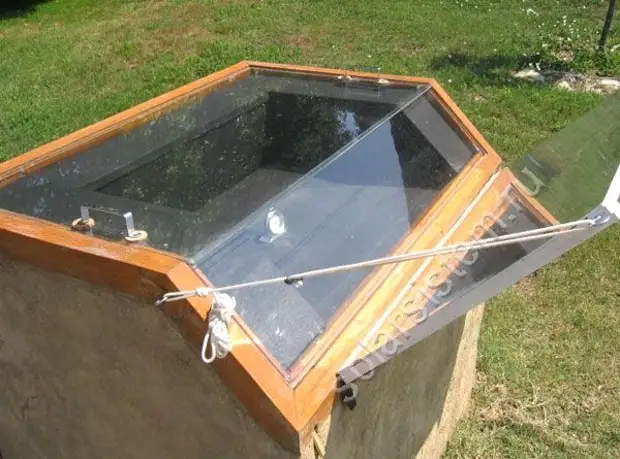
As a result, it turned out a great oven for solar energy, which is suitable for cooking at a certain time of the day. It is the possibility of cooking only at a certain time when the sun stands in a certain place and heats the oven maximally, is the main disadvantage of such a furnace. During the rest, the temperature inside the furnace will decrease, although if you wish to increase the possible cooking time, you can place additional reflectors that will redirect the sun's rays to the surface for cooking.
